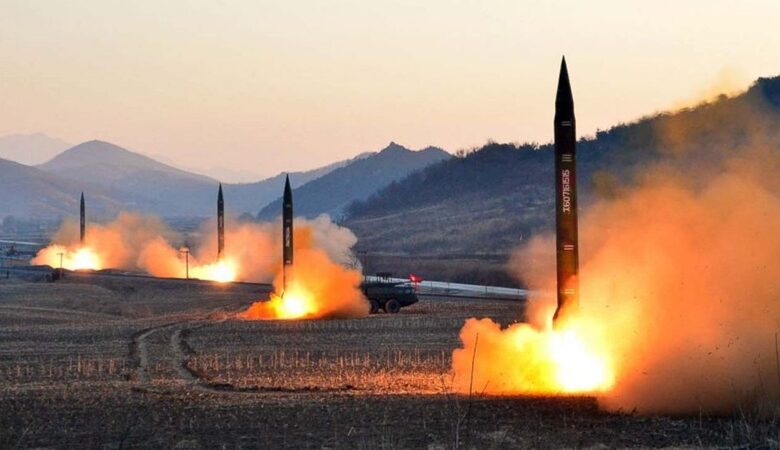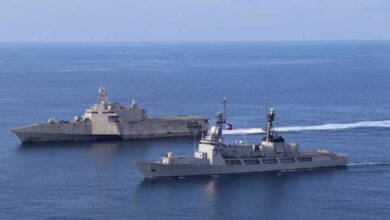
North Korean leader Kim Jong Un supervised a successful test of a novel intermediate-range hypersonic ballistic missile (IRBM) on Monday, according to state media KCNA on Tuesday, vowing to expedite the development of the nation’s nuclear and missile abilities.
It was North Korea’s initial missile test since November 5, aligning with U.S. Secretary of State Antony Blinken’s trip to South Korea, where he promised bilateral and trilateral cooperation, including with Japan, to counter Pyongyang’s escalating military threats. The launch happened under two weeks before U.S. President-elect Donald Trump, who had historically unprecedented summits with Kim during his first term and emphasized their personal connection, takes office again.
The missile was launched from the perimeter of Pyongyang and traveled approximately 1,500 km (932 miles) at Mach 12, reaching heights close to 100 km before dropping to a “second peak” of 42.5 km and maneuvering precisely to land on a target offshore, according to KCNA. South Korea’s military claimed the KCNA account was probably inflated, estimating the distance at roughly 1,100 km and noting no second peak was observed, but a comprehensive analysis would be carried out with the United States. A “second peak” suggests that the missile might alter its path and sustain height instead of falling along a ballistic trajectory.
According to KCNA, the missile’s engine section incorporated new carbon fibre composite materials; carbon fibre is both lighter and stronger than other aerospace materials like aluminium, but it presents greater manufacturing challenges. KCNA stated that the missile is capable of “effectively breaching any thick defense structure and delivering a significant military strike against the adversary,” it noted.
Kim praised the missile as a formidable weapon against security challenges presented by adversarial forces and the evolving regional situation. KCNA published images of Kim overseeing the launch through teleconference with his young daughter, along with a missile taking off from a field.
He stated, as reported by KCNA, that “the creation of a new class of hypersonic missiles is primarily intended to consistently enhance the nation’s nuclear deterrent capabilities.” Blinken and South Korean Foreign Minister Cho Tae-yul denounced the launch and cautioned about Pyongyang’s growing connections with Moscow, highlighting illegal collaboration on space and satellite technology.
North Korea is advancing a new solid-fuel IRBM as competition intensifies for the next generation of long-range missiles that are hard to detect and intercept. The tests from last year included a novel solid-fuel design and were said by Pyongyang to have a hypersonic glide vehicle, a warhead intended to maneuver and evade missile defense systems. Lee Sung-jun, a representative for South Korea’s military, indicated that the recent launch seemed to be a continuation of last year’s test.






